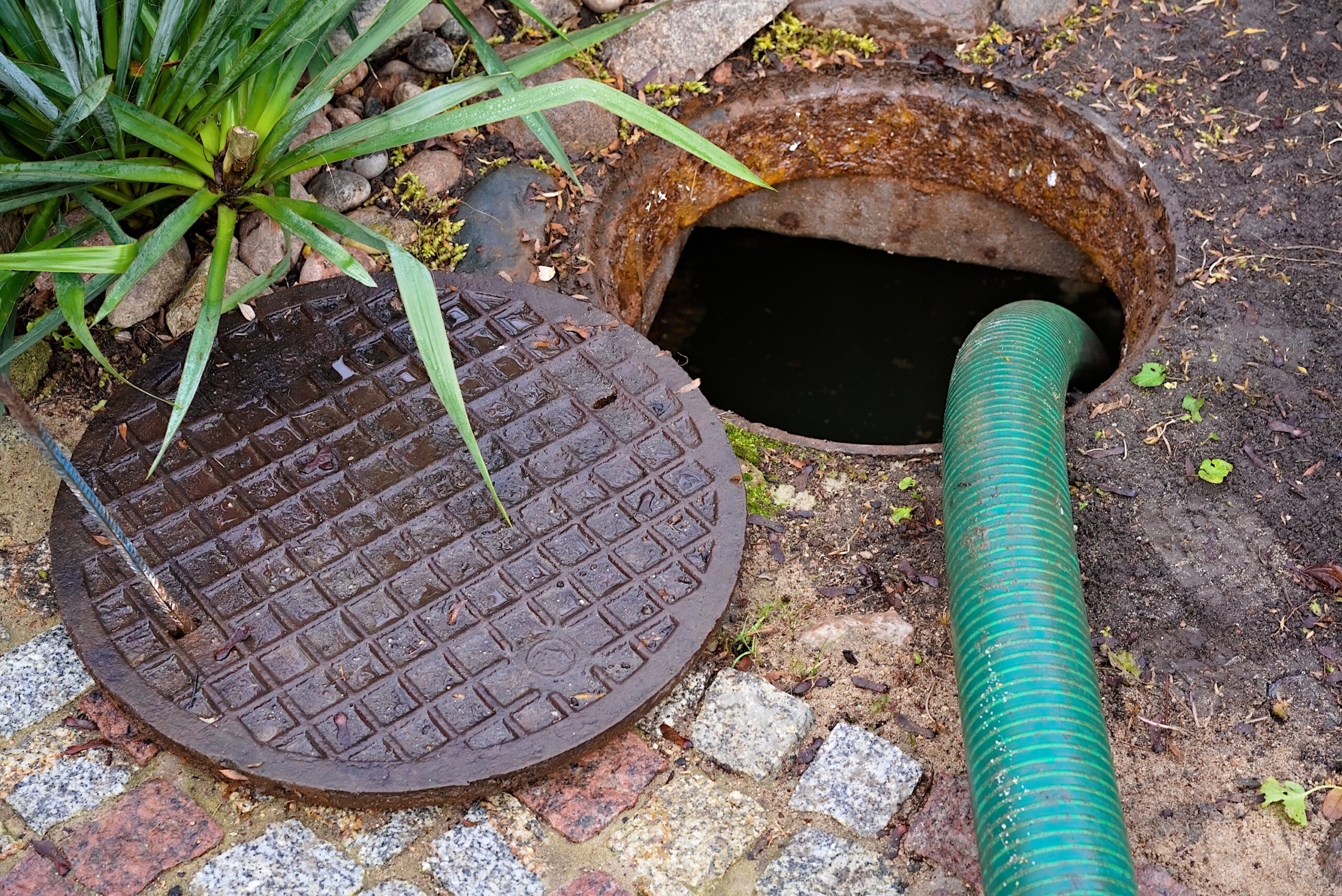Septic system failure may be caused by a number of different factors. In some cases, the septic tank may be too small to manage the demands of a growing household. Inefficient decomposition activity can also be the culprit in some cases of septic failure; the beneficial bacteria in the tank may be overwhelmed by the volume of waste or may be damaged by chemical products used in cleaning and other household functions and then disposed of by flushing or draining into the system. Finally, mechanical failures of various pipes, pumps and other components of the system may cause some septic tanks to fail. These three categories include nearly all causes of septic failures. To avoid the expense and stress of replacement, homeowners can take a few simple steps in each case to remediate the system and create a more healthful environment for the entire household.
Reduce water usage
The performance of smaller septic tanks can benefit significantly by reducing the amount of water used in the household. This can be achieved by installing low-flow fixtures and green-friendly toilets, faucets and water heaters. Repairing any leaks or dripping faucets can often make a surprising difference in the amount of water that reaches the septic tank, allowing it to function more efficiently and preventing overflows and failures of the system. Additionally, family members can assist by taking precautions to avoid the unnecessary use of water that can overload an already stressed system.
Stay green-friendly
Avoiding the use of harsh chemicals and antibacterial compounds can help to maintain the health of the bacteria that break down the solid waste in the septic system. Without these bacteria, systems can become clogged and fail to function at peak efficiency. Another way to maximize efficiency is by converting the existing anaerobic tank into an aerobic septic system like those available from Aero-Stream. This conversion requires only minor additions to the system and can increase the rate of decomposition in the tank to a considerable degree. Many states now require that new septic systems incorporate aerobic technologies in order to gain construction approval; this is due primarily to the increased environmental protections these systems provide in comparison to traditional anaerobic septic tanks. Aerobic installations can provide fast remediation for failing systems, making them a solid solution for homeowners in need of quick results.
Maintain the system
Occasional draining of the septic tank can help to prevent overflows, especially during times of heavy household use. Repairing any leaking pipes or failing components of the system should be performed quickly in order to prevent a full-scale failure of the system. Regular maintenance and inspection can ensure the proper function of the septic tank and provide valuable peace of mind for homeowners when managing wastewater disposal.
Properly managed, septic systems provide an environmentally sound and effective way to dispose of household wastes. By incorporating these preventive measures into the regular annual maintenance routine, homeowners can enjoy years of trouble-free use from their existing septic tank and system.











